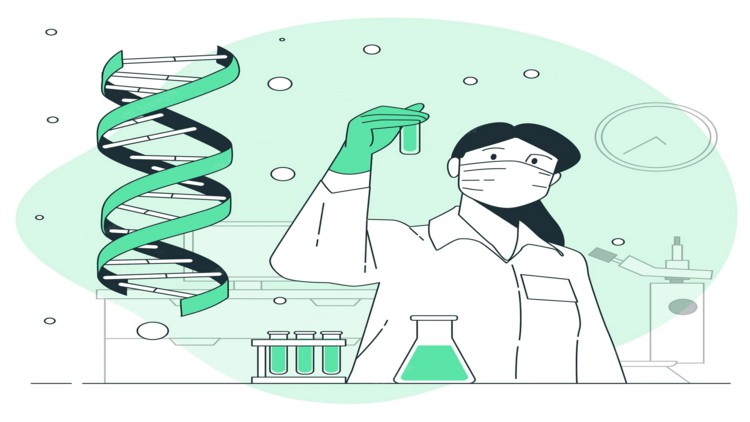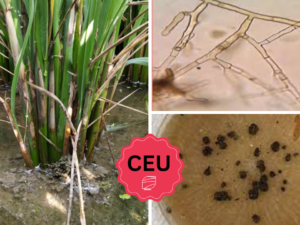DNA Extraction: Learn to Extract DNA
- Description
- Curriculum
- FAQ
- Reviews
- Grade

DNA extraction is a method to purify DNA by using physical and/or chemical methods from a sample separating DNA from cell membranes, proteins, and other cellular components. Friedrich Miescher in 1869 did DNA isolation for the first time.
The use of DNA isolation technique should lead to efficient extraction with good quantity and quality of DNA, which is pure and is devoid of contaminants, such as RNA and proteins. Manual methods as well as commercially available kits are used for DNA extraction. Various tissues including blood, body fluids, direct Fine needle aspiration cytology (FNAC) aspirate, formalin-fixed paraffin-embedded tissues, frozen tissue section, etc., can be used for DNA extraction.
DNA extraction involves lysing the cells and solubilizing DNA, which is followed by chemical or enzymatic methods to remove macromolecules, lipids, RNA, or proteins.
DNA extraction techniques include organic extraction (phenol–chloroform method), nonorganic method (salting out and proteinase K treatment), and adsorption method (silica–gel membrane).
Organic extraction:
This method is labor intensive and time consuming.
Cell lysis can be done using nonionic detergent (sodium dodecyl sulfate), Tris–Cl, and Ethylene diamine tetraacetic acid (EDTA), and this step is followed by removal of cell debris by centrifugation. Protease treatment is then used to denature proteins. Organic solvents such as chloroform, phenol, or a mixture of phenol and chloroform (phenol/chloroform/isoamyl alcohol ratio is 25:24:1) are used for denaturation and precipitation of proteins from nucleic acid solution, and denatured proteins are removed by centrifugation and wash steps. RNAse treatment is done for the removal of unwanted RNA. Precipitation with ice-cold ethanol is performed for concentrating DNA. Nucleic acid precipitate is formed, when there is moderate concentration of monovalent cations (salt). This precipitate can be recovered by centrifugation and is redissolved in TE buffer or double-distilled water.
Other methods include silica-based technology (DNA absorbs to silica beads/particles at a specific pH in presence of specific salts), magnetic separation (DNA binds reversibly to magnetic beads, which are coated with DNA-binding antibody), anion exchange technology, salting out, and cesium chloride density gradients.
Assessing the quality and yield of DNA: The quality and yield of DNA are assessed by spectrophotometry or by gel electrophoresis. Spectrophotometry involves estimation of the DNA concentration by measuring the amount of light absorbed by the sample at specific wavelengths. Absorption peak for nucleic acids is at ~260 nm. The A260/A280 ratio is ~1.8 for dsDNA. A ration of less than 1.7 indicates protein contamination.










